Infrared heating acts like sunlight: it gently heats people, floors and walls, and other objects. The main advantages of infrared heaters are fast heating and comfortable room temperature, and a result – higher energy efficiency and money saving, especially this year.
Thus, infrared heating results in greater comfort and energy savings with limited heat loss. Heat loss reduction can reach 45-50% when using infrared heaters compared to traditional methods of heating such as air-conditioning, water pumps, gas heating.
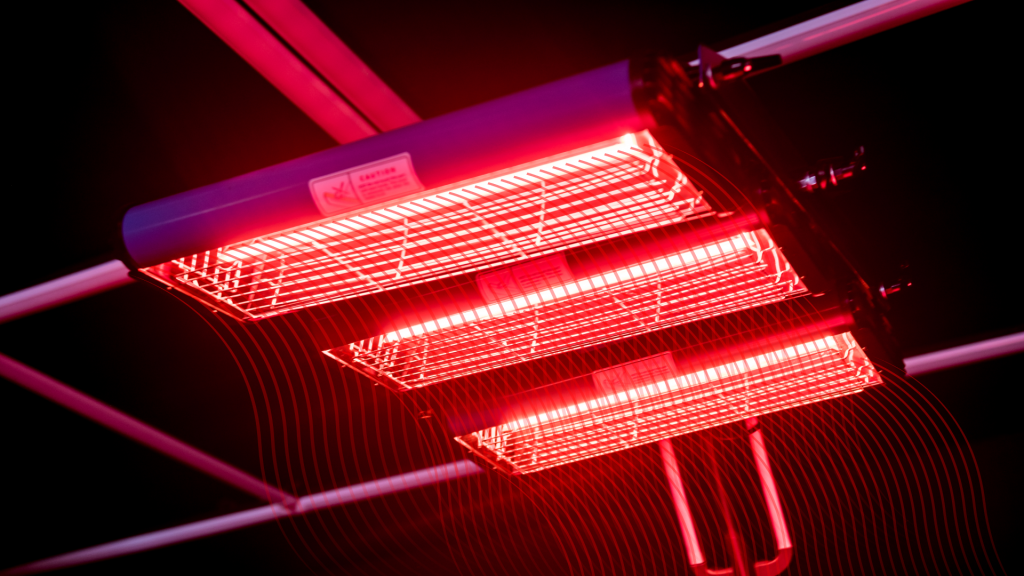
The most advanced models may have remote control options via mobile application – for example, the AENO Premium Eco Smart Heater.

The user can set up specific times when he/she wants to warm up the rooms by schedule, or while coming back home, to turn it on through the application. Moreover, to be more energy efficient and to feel more comfortable, the user can set the infrared heater panel temperature between 60 to 120 degrees, thus varying the energy consumption between 160 Watts-hour to 700 Watts-hour. All energy goes to heat energy, making the customer feel warm.
Moreover, infrared heating is the most environmentally friendly and natural heating method for everyday life. As a result, these objects store, conduct and retransmit heat back into space.
Infrared heating technology enables targeted heating of objects by directing infrared rays to chosen locations. Thermal radiation in the form of waves, as well as light radiation, are not absorbed by the air, so the entirety of energy from the device reaches the targeted surfaces and people. Due to the fact that such a heater primarily heats objects and surfaces, a person feels comfortable even at lower air temperatures.
About infrared heating technology. How does it work?
Infrared heat is part of the electromagnetic spectrum. The wavelength, defined as infrared radiation, is the portion of the spectrum just beyond visible red light. With infrared type of heating, all kinds of heat transfer are used – radiation, convection, thermal conductivity and absorption.

Infrared heat transfers heat energy in wave form from a device’s heating surface to a colder surface directly, without losing heat to the air. This is direct heat transfer. Much depends on the ability of objects to absorb heat and transfer it further. Most materials used indoors (concrete, metals, water) have a high ability to absorb heat and radiate it back into the room, thus becoming a source of heating.
An infrared heater distributes heat to objects, which then transfer heat. Thus, the air is heated by the convective energy from these heated objects. This allows the user of the infrared heater to use less energy and feel warm faster, compared to other methods of heating such as oil and convection heaters.
Infrared heaters operate quietly and without active running of air flows with dust, unlike fan heaters or air-conditioning making life for people with allergies less prone to illnesses and irritations. They are easy to install, set up, and maintain.
Infrared heating technology provides maximum energy efficiency – 100%, without heating loss. When using the Premium Eco Smart Heater AENO, cost reduction occurs due to infrared heating technology, smartization and the ability to adjust the schedule and temperature in the application via a smartphone, as well as the option to maintain the set temperature (when the heater heats the room to the desired level and turns off for a while). Thus, the heater only works when it is really needed.
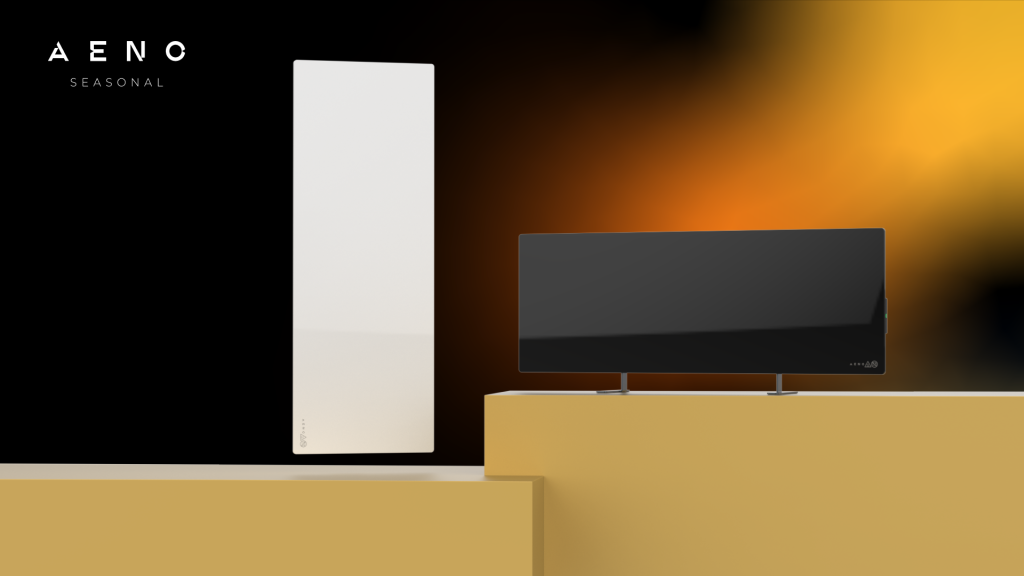
Want to BUY this product?
Check out retailer list for your country.
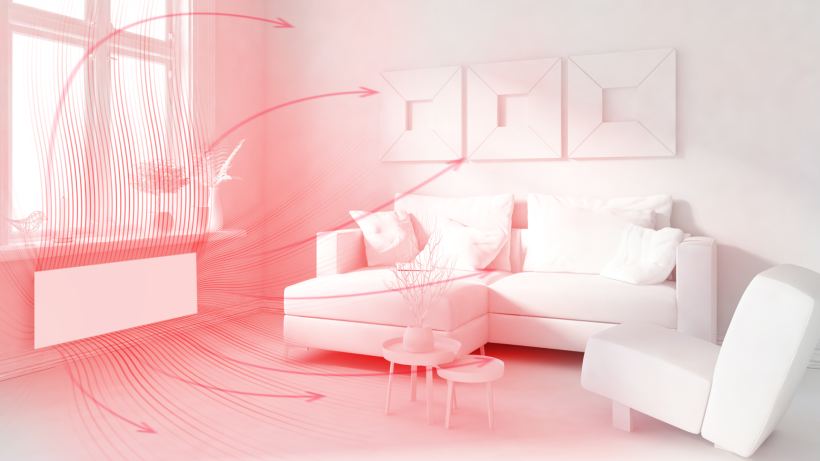
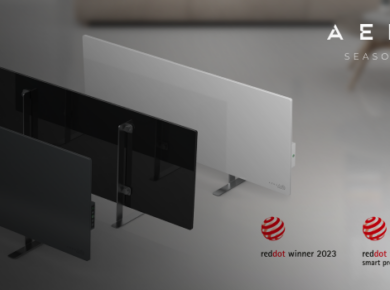
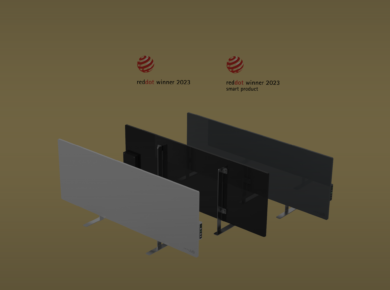
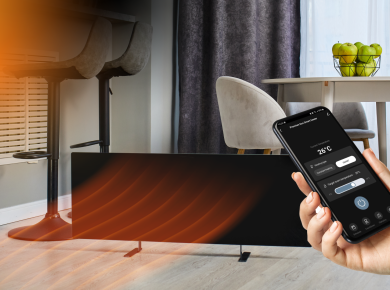



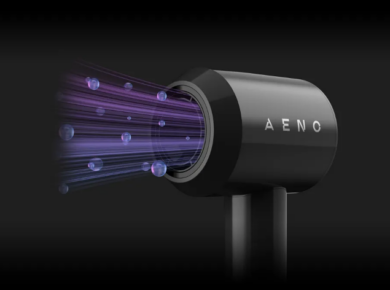

2 comments
I am so impressed by your article that I never hesitate to leave feedback. You’re doing wonderfully. Keep up your fantastic work!
This is a wealth of information. I appreciate this post. I love how you’ve broken it down so that readers can immediately implement these best practices in their daily lives!